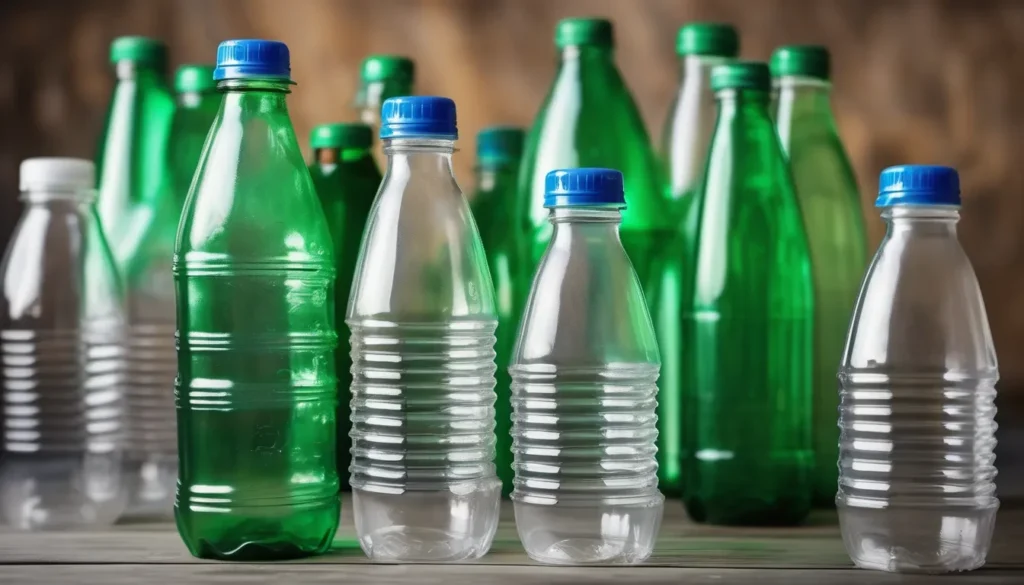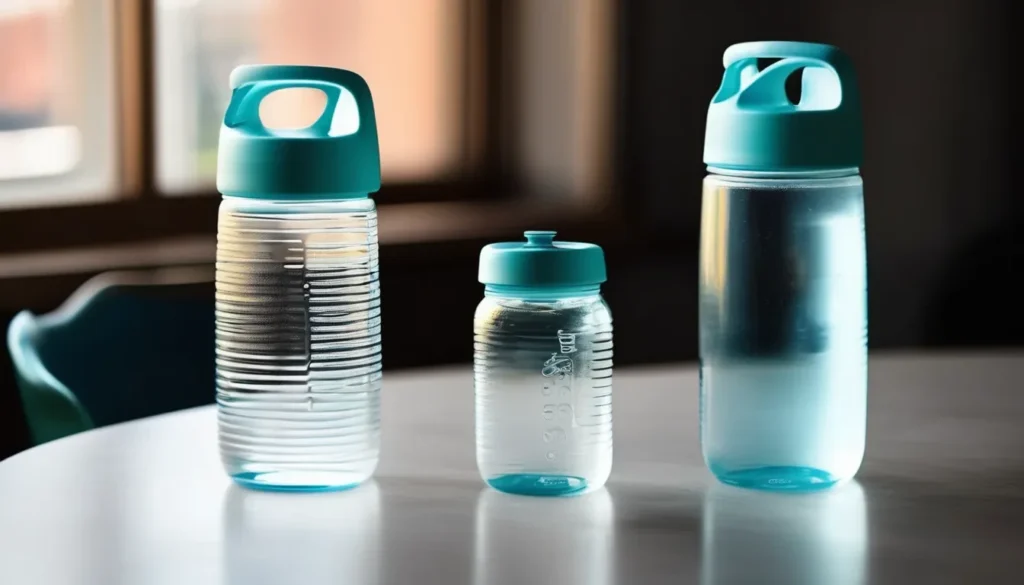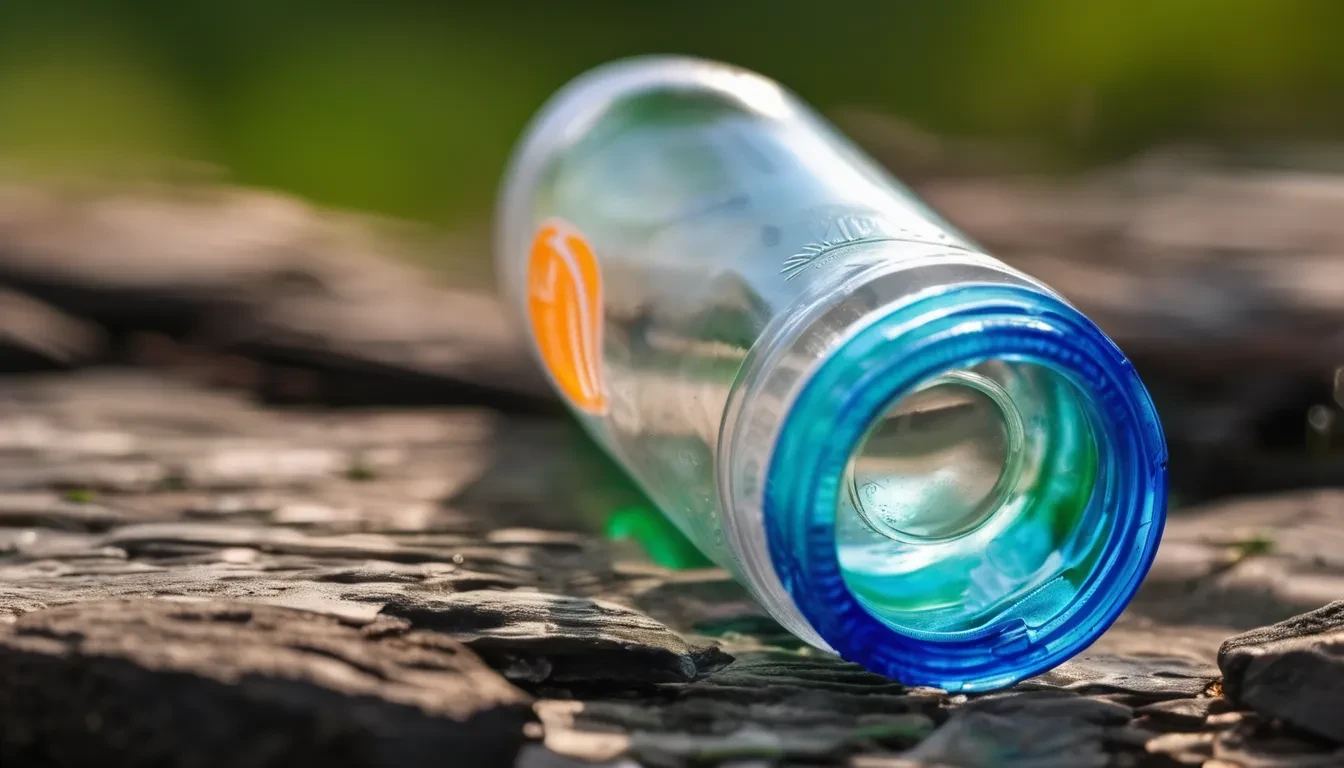Introduction: The Problem with Plastic Water Bottles
Every day, parents face countless choices for their little ones. Among these decisions is the type of water bottle to send with them to preschool. It might seem trivial at first glance, but what if we told you that your choice can impact both your child’s health and our planet?
Plastic water bottles are ubiquitous, often seen as a convenient option. However, there’s more beneath the surface than most people realize. From harmful chemicals lurking in those colorful containers to the broader environmental consequences of single-use plastics, it’s time to rethink our go-to hydration solution for kids. Let’s dive into why avoiding plastic water bottles could be one of the best parenting choices you make!
Health Concerns: Harmful Chemicals in Plastic Bottles
Plastic water bottles often contain harmful chemicals that can leach into the water. One of these culprits is bisphenol A (BPA). BPA is known to disrupt hormonal balance, which is particularly concerning for growing children.
Preschool kids are more vulnerable to these effects due to their developing bodies. Even low levels of exposure can impact growth and behavior.
Another concern is phthalates, which are used to make plastics flexible. Like BPA, phthalates have been linked to various health issues, including allergies and asthma in young children.
Parents may not realize how long plastic bottles sit in warm environments or even sunlight, increasing the likelihood of chemical leaching. Opting for safer alternatives could protect your child’s health while helping them stay hydrated throughout the day.
Environmental Impact: The Dangers of Single-Use Plastic

Single-use plastic water bottles pose a significant threat to our environment. Each year, millions of these bottles are discarded after just one use, contributing to the growing mountain of plastic waste.
Most end up in landfills or oceans. Once there, they take hundreds of years to decompose. This slow breakdown releases harmful chemicals into the soil and waterways.
Marine life suffers greatly from this pollution. Birds and fish mistake plastic for food, leading to severe health issues or death.
Furthermore, producing single-use plastics requires vast amounts of energy and resources. The extraction process for petroleum (the main ingredient) depletes natural habitats and contributes to climate change.
Choosing alternatives can help reduce this impact significantly. By decreasing reliance on disposable options, we can protect our planet for future generations while promoting healthier habits among kids.
Simple Alternatives: Reusable Water Bottles and Their Benefits
When it comes to choosing a water bottle for kids, reusable options shine. They come in various sizes, colors, and designs that appeal to preschoolers. This variety makes hydration fun and personal.
Reusable bottles are often made from safe materials like stainless steel or BPA-free plastic. These alternatives eliminate the risk of harmful chemicals leaching into your child’s drink. Parents can feel confident knowing their little ones are sipping safely.
Moreover, using a reusable water bottle encourages environmental responsibility early on. Teaching children about sustainability fosters strong habits for the future.
These bottles also save money over time no more buying single-use plastic every week! Plus, many models keep beverages cold or hot longer than standard plastic containers do.
With so many benefits at hand, it’s easy to see why switching from disposable options is the right choice for families today.
Tips for Choosing the Right Water Bottle for Preschoolers

Choosing the right water bottle for preschoolers can be a fun task. Start by considering size and weight. A lightweight bottle is easier for tiny hands to hold.
Look for materials that are safe and durable. Stainless steel or BPA-free plastic options are often best. These choices ensure no harmful chemicals leach into drinks.
Think about the design too. Bright colors or favorite characters can make hydration exciting for kids.
Check if it has a spill proof lid, which helps prevent messes during playtime or in backpacks.
Easy cleaning features are essential as well choose bottles with wide mouths or those that are dishwasher-safe to simplify maintenance.
Consider insulation if you want to keep drinks cool throughout the day, especially during warmer weather!
How to Encourage Kids to Use Reusable Water Bottles
Making reusable water bottles exciting can spark your child’s interest. Let them choose a bottle featuring their favorite characters or vibrant colors. Personalization helps create a sense of ownership.
Set an example by using your own stylish reusable bottle. Kids love to mimic adults, so show them how you fill it up each day.
Incorporate fun activities like decorating the bottles with stickers or special markers. This makes the bottle feel unique and encourages frequent use.
Create a routine around hydration, emphasizing its importance for health and energy levels during playtime or school activities. You could even include reminders in a playful way like making it part of snack time.
Celebrate their efforts! Acknowledge when they remember to bring their water bottles along on outings or refill them at home without prompts. Positive reinforcement goes a long way in building lasting habits.
Conclusion: Making a Positive Impact on Health and the Environment
Choosing the right water bottle for kids goes beyond mere convenience. By avoiding plastic bottles and opting for reusable alternatives, parents can safeguard their children’s health and contribute to a healthier planet. The harmful chemicals in plastic can pose serious risks, especially for developing bodies. Moreover, the environmental toll of single-use plastics cannot be overstated; it affects our ecosystems and wildlife.
Investing in high-quality reusable water bottles enriches your child’s hydration habits while promoting sustainability. These bottles come in various materials like stainless steel or BPA-free plastics, ensuring safety without compromising style or functionality.
Encouraging children to embrace these positive changes starts at home. Lead by example and make drinking from a reusable water bottle an exciting part of their daily routine. With some creativity like personalized stickers or fun designs you can transform this sustainable choice into something they look forward to every day.
By prioritizing health-conscious choices today, families can collectively foster a more eco-friendly tomorrow that benefits everyone involved from little ones hydrating each day to the planet we cherish.



